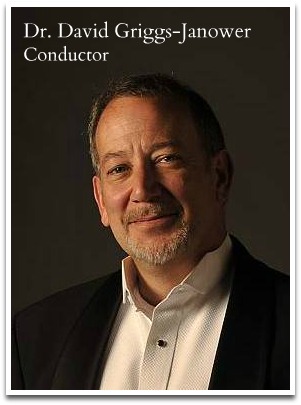
The Albany Symphony held a concert at the Palace Theatre in the city on February 12, featuring two Russian composers. My friend Lee was supposed to go, but he and his spouse were out of town. He gave us their tickets, and my wife and I went in their stead. We attended the pre-concert talk with conductor David Alan Miller and piano soloist Wei Luo.
The first piece was the 10-minute piece The Spark Catchers by the non-Russian Hannah Kendall (b. 1984). It was inspired by Lemn Sissay’s poem of the same name. It concerned the Bow Matchwomen’s Strike in East London of the late 1880s. Kendall was struck by the linguistic parallel of striking a match and a worker cessation.
The Spark Catchers as performed by Chineke! Orchestra c. 2020
This was followed by the Concerto for Piano No. 3 by Sergei (1891-1953) from 1921. In the notes, the initial section shows “everything a pianist is done: cross-handed work… crashing chords, reaches to both ends of the keyboard and staccato playing.” No wonder Wei Luo, dressed in a very shiny red outfit, presumably for Valentine’s Day weekend, got an ovation after only the first movement.
Prokofiev died the same day as Joseph Stalin, two days before I was born. Thus the news of the composer’s death was somewhat muted in the Soviet press. Or maybe it was that the Communist Party had censured his work in 1948, seeking a “new style,” whatever that means. Possibly they thought it was his beautiful melodies that had “become distorted, and conventional tonality gives way to harmonic dissonance.”
Piano Concerto No. 3. Martha Argerich at the Singapore International Piano Festival 2018
And tell Tchaikovsky the news
Pytor Ilyich Tchaikovsky (1840-1893) was one of the first composers whose work I could identify, first the 1812 overture, then the Nutcracker. I’m sure I have at least one recording of his Symphony No. 6, “Pathetique.” I did not know that he died nine days after the symphony’s debut, which the composer conducted.
His brother Modest blamed Pytor’s death on the composer drinking unboiled water during a cholera epidemic. But David Alan Miller doesn’t buy it. Was it suicide? The man was old before his time.
The second movement is in the unusual 5/4 meter. The theme of the third movement appears very early and it is very familiar to me. But doesn’t reach its full vigor until relatively near the end. It sounds like the end of the piece, and many patrons at ASO applauded. No, there is a fourth, slow movement that “fades away into nothingness.”
Pathetique, Symphony No. 6 in B Minor, Op. 74, Royal Philharmonic Orchestra with Yuri Temirkanov, conductor. Recorded in 1990



